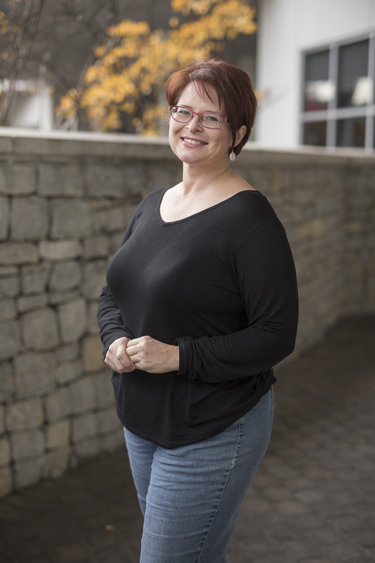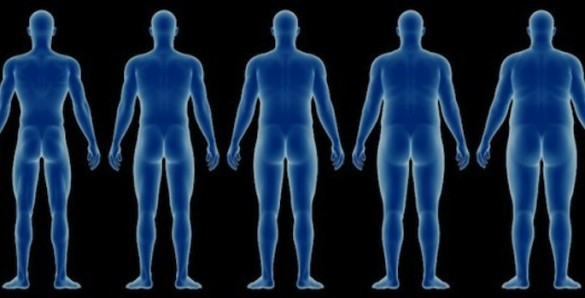If you’ve got excess pounds to lose but don’t qualify for bariatric surgery, a new non-surgical, fully reversible weight loss option will soon be offered at Vanderbilt University Medical Center (VUMC).
The Obalon balloon system — three swallowable balloons that remain inside the stomach during treatment — was approved in September by the U.S. Food and Drug Administration following a national clinical trial at 15 sites, including VUMC. The treatment will be offered at the Vanderbilt Center for Surgical Weight Loss by early 2017.

Typically, an individual with a body mass index (BMI) of more than 35 with two comorbidities, such as high blood pressure and diabetes, or a BMI of more than 40 without comorbidities, is eligible for bariatric surgery. The balloon system is available to individuals with a lower BMI of 30-40, so it is an earlier intervention for treating obesity.
“After gaining weight to a BMI of 30 or greater, there is a significant increase in the number of medical problems that develop — such as diabetes, high blood pressure and high cholesterol — and there are significant costs associated with taking care of those medical problems,” said Wayne English, M.D., director of the Vanderbilt Center for Surgical Weight Loss and principal investigator for the clinical trial at Vanderbilt. 
“We can treat medical problems with bariatric surgery once someone reaches a higher BMI, but there has always been a gap for those individuals with a BMI of 30-40. The balloons are a legitimate treatment option to prevent people from getting to that next step where surgery is required for weight loss.”
The system consists of a balloon inside a capsule that is swallowed by the patient, with no sedation or anesthesia necessary.
When the balloon reaches the stomach and the capsule dissolves, it is inflated with gas through a micro-catheter still attached to the balloon. The catheter is then removed, leaving the balloon behind. The inflated balloon is about the size of a small orange.
Over the next three months, two additional balloons are swallowed and inflated. The balloons take up space in the stomach, limiting how much a person can eat. At the end of a six-month treatment period, the balloons are removed through an outpatient endoscopy.
In the clinical trial, 387 patients received either three balloons or three placebo devices similar to the balloon-filled capsules but filled with sugar. Patients in both groups also received dietary and lifestyle counseling. Approximately 65 percent of patients who received the balloon system experienced clinically meaningful weight loss of at least 5 percent of their total body weight, which is twice as many people than in the placebo-control group.
Being overweight was a genetic fact of life in Anissa Sanborn’s family, but after watching 11 family members go through gastric bypass surgery to lose their excess pounds, the 47-year-old working mother decided she wanted to lose weight before surgery became one of the few options to do so.
When knee and joint problems worsened and she struggled with high blood pressure, Sanborn wanted to get the pounds off before she developed more issues. Through the years, she had cycled through many diets and weight loss programs, with little long-term success.
Because her BMI was in the 30-40 range, she didn’t qualify for gastric bypass surgery.
That’s when she signed up for the clinical trial offered by English and his team at Vanderbilt.
Though she wound up being in the placebo group, after her initial trial period was complete Sanborn received the actual balloons for treatment. She received dietary and lifestyle counseling at the center, and she especially credits the advice she received from VUMC registered dietitian Erin Grayson for her success.
Sanborn lost 32 pounds at the study’s conclusion, and through dietary management and increased exercise, she continues to shed weight, having lost 50 pounds to date. In addition, her blood pressure has lowered, so she has decreased the medication she takes.
Sanborn now tracks her caloric intake, finds ways to sneak in exercise such as adding a mini-cycle to peddle under her desk, and looks forward to walks with her husband, Doug, daughter, Kate, and their energetic goldendoodle dog, Charlie.
“I wholeheartedly endorse this procedure,” Sanborn said. “The balloons didn’t inhibit my life in any way. With the study, I was able to really change a lot of my habits and my lifestyle and just care about being a healthier person overall. I feel good about myself, and I know that I’m doing the best for my family.”
English is hopeful that the balloon-based weight loss procedure will get patients in the door earlier for help in reversing weight gain, and he is heartened by the possibility that he will perform fewer gastric surgeries in the future because of this option.
“It’s not the cure-all; neither is surgery,” he said. “The balloons are designed as an adjunct, along with intensive dietary counseling, to help people modify their behavior. If even 30 percent of patients could maintain their weight loss over time, that’s 30 percent fewer patients potentially avoiding the pitfalls related to the increasing number of medical problems related to obesity. If we can accomplish that, then the intragastric balloon is a great thing.”
Those interested in this weight loss option should contact Andrea Reed at andrea.w.reed@vanderbilt.edu.















